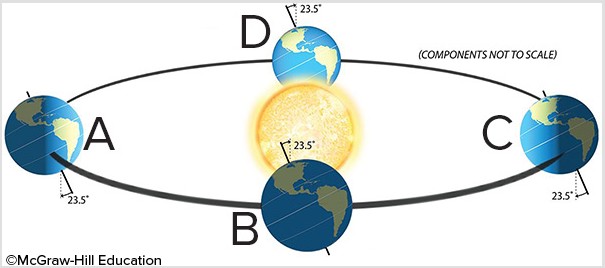Curitiba, Brazil, has shown us that ________
A) traffic flows smoothly once pedestrians and bicycles are eliminated
B) once roads are widened, traffic congestion decreases
C) prohibition of motorized vehicles in urban reduces pollution and saves energy
D) a walkable city center and expanded bus system can solve a large city's traffic congestion
E) unregulated urban sprawl produces severe air pollution
Answer: D
You might also like to view...
What do the Permian and Cretaceous extinctions suggest about climate change?
A. Mass extinction events are usually the result of interaction with asteroids and other material from space, rather than climate change. B. Climate change can lead to mass extinction. C. Milankovich cycles underlie extreme climate change which can lead to mass extinction. D. Climate change can cause small-scale species extinction events.
The difference between active and passive remote sensing systems is that
A. active systems emit their own energy while passive systems simply detect existing energy signals. B. active systems can operate throughout cloud or fog cover while passive systems require clear sky conditions. C. active systems involve the latest generation of satellites while passive systems use signals from older satellites. D. active systems include aerial photography while passive systems rely on satellite imagery.
Which of the statements below is the best description of energy?
A) Energy is the ability to do work. B) Energy can be created and destroyed. C) Energy is the food we eat. D) Entropy is another name for energy.
Which of the letters best represents summer for the Southern Hemisphere?
A. A B. B C. C D. D